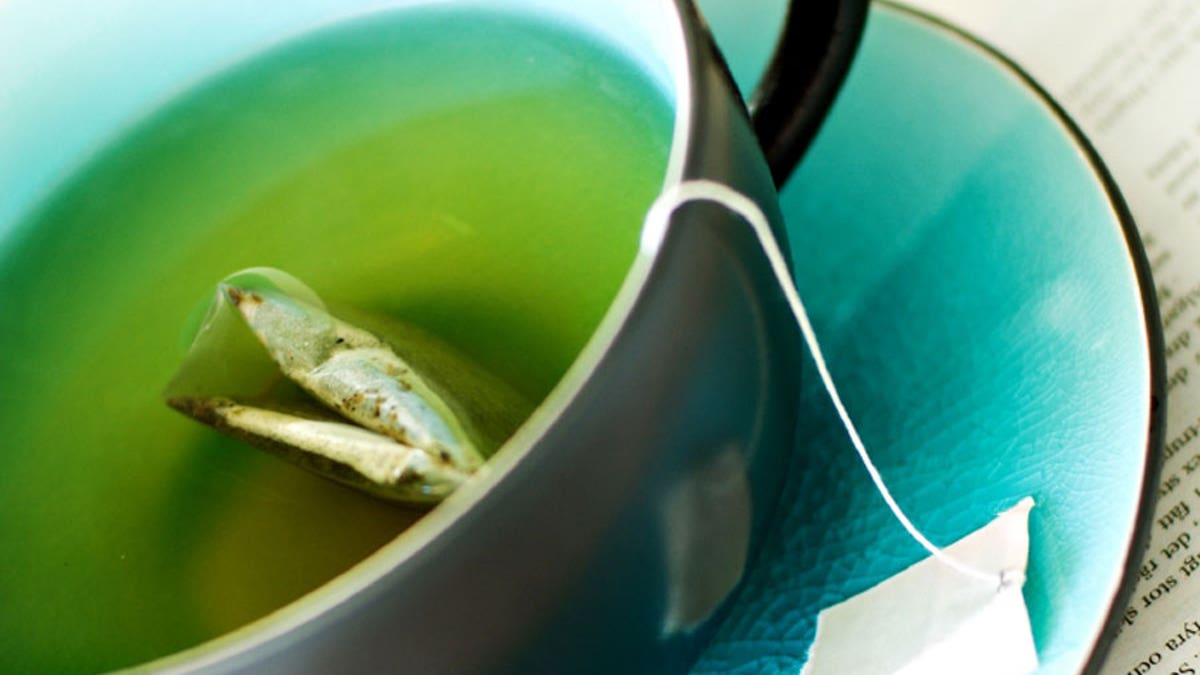
(iStock)
You may have heard about the powers of tea. It’s been credited as helpful for heart heath, fighting cancer risk, reducing stress and even good for weight loss. While tea certainly is not a cure-all, studies have shown numerous ways in which the ingredients in certain teas can be beneficial to your health.
However, with grocery stores and health marts practically overflowing with so many types of tea: green, chai, and teas with downright hard to pronounce names, selecting the right tea might seem overwhelming. To help you choose the tea that best suits your needs, it is useful to know a little of the science behind tea.
Scientists recognize tea as being black, green, white or oolong teas – all of which come from the leaves of the Camellia sinensis plant. These are true teas, and you’ll know you are getting the real thing when you see “tea” listed as an ingredient on a product’s nutrition label. You may be surprised to learn that herbal teas are not tea at all, but rather infusions from plants that have a much different nutritional profile. Herbal and flavored teas taste and smell wonderful, but there is little evidence that they offer health benefits derived from real tea.
A study done by UCLA, found that drinking three cups (or more) of either green or black tea a day can reduce your risk of stroke by 21 percent. The health benefits associated with tea come from its high levels of antioxidants such as polyphenols, flavonoids and catechins, which fight free radicals in the body and prevent healthy cells from being harmed. Other studies have found that drinking a couple cups of tea a day may also help lower cholesterol and protect against certain cancers.
So what is the difference between black, green, white and oolong tea?
Black tea
Black tea is the most common type of tea in the US and accounts for 75 percent of the world’s tea consumption. Like all tea, it comes from the Camellia sinensis plant. The leaves wither, get rolled up and then enter a lengthy fermentation period. This process gives black tea its distinctive smell and strong flavor, and it maximizes interaction between the antioxidant catechins and polyphenol oxidase. Research has found that catechins help reduce cholesterol, decrease blood pressure and prevent the risk of stroke from occurring.
Green tea
Green tea leaves go through a very different process than black tea. This type of tea gets picked, dried, and heat-treated, so that fermentation does not occur. Green tea contains epigallocathechin gallate (ECGC), which may help to boost metabolism by speeding up the brain and nervous system. The caffeine in green tea along with EGCG has been shown to increase fat oxidation by 12 percent, which is equivalent to burning an extra 80 calories a day.
Oolong tea
Oolong is extremely high in polyphenols, which activates the enzyme responsible for breaking down triglycerides and helps fight the battle of the bulge. Oolong tea is made by bruising the leaves, allowing the release of some of the polyphenol oxidase present in the leaves. This type of tea is then heated and dried before it goes to market.
White tea
White tea comes from the buds and young leaves of the Camellia sinensis plant; it is the least processed of teas and it has the highest antioxidant levels. White tea also contains flavonoids, a class of antioxidants that inhibit the growth of cancer cells and prevent the development of new ones from forming.
Tip: To preserve tea’s nutritional value it’s important to store it properly. Air and moisture will degrade loose tea leaves and tea bags, so be sure to keep these in airtight tins at room temperature.
Tanya Zuckerbrot MS, RD, is a nationally known registered dietitian based in New York and the creator of a proprietary high-fiber nutrition program for weight loss, wellness and for treating various medical conditions. Tanya authored the bestselling weight loss book The F-Factor Diet, and she is the first dietitian with a national line of high-fiber foods, which are sold under the F-Factor name. Become a fan of Tanya on Facebook, follow her on Twitter and LinkedIn, and visit her website Ffactor.com.




















